Since we aren’t planning to create another whole huge garden this year (just some new, little ones!), I’ve had more time to think about what I want to plant where. Because of this, I’m a bit hyper focused on companion planting and the benefits I can reap from herbs and flowers intermixed with the vegetables, especially the flowers and herbs that repel bugs.
If you are already a gardener then you know that insects can do a lot of damage in a short amount of time and you’re willing to do anything to keep those pesky pests off your vegetables. If you’re new to gardening then this is the perfect place to start learning more about how you can use some flowers and herbs to repel bugs.
Here is a list of the flowers and herbs to repel bugs in the garden that I’ve used and will be using this year too.
Basil
Basil might be one of the herbs you’re most familiar with (especially if you’re an Italian food lover), but it also has a purpose in the garden. Other than enhancing the flavor of tomatoes or other perfect companion plants, it can help control some insects too. It’s said Basil helps to repel flies, mosquitoes, the carrot fly, asparagus beetles and whiteflies. It’s also said to repel the tomato hornworm, but I’ve never had much luck with it doing that. However, the spicy varieties have seemed to work better for this.
Plant it with or near: Tomatoes, cucumbers, peppers, onions, asparagus, borage, chamomile, oregano
Borage
Borage is also known as starflower and is an annual herb that flowers. It’s flowers are often used to decorate desserts and have a sweet taste to them. It’s grown in most European gardens where it’s common in German, Italian and Spanish cuisine. However, the leaves of Borage (which are also used in some cooking in Europe) do contain liver-toxins. You can read more on that here. The good news is that Borage is one of the herbs that’s specifically said to help repel tomato hornworms and cabbage worms.
Plant it near: Tomatoes, peppers, eggplant, basil, cabbage, squash, strawberries and potatoes.
Chamomile
Chamomile is an herb that is often found in tea. It’s a common name for several plants that resemble little daisies. It’s also often used as a flavoring agent in foods, beverages, mouthwash, soap and cosmetics. It is said that companion planting Chamomile helps to repel mosquitos while attracting other beneficial insects such as lady bugs, hoverflies (which eat aphids), wasps and honey bees.
Plant it near: Cabbage, onions, beans, cucumbers, broccoli, kale, brussel sprouts, cauliflower and kohlrabi. It also pairs well with herbs mint and Basil
Mint
Mint is an herb that tends to go a little wild, but it’s also one of the herbs the repels some of the most pesky garden insects such as aphids, cabbage moths, carrot flies, spider mites and even ants. However, because mint is such an aggressive grower, it’s recommended to grow it in pots around the vegetables or even to lay cuttings (no roots present) at the base of plants.
Plant it near: Broccoli, cabbage, lettuce varieties, carrot flies, kale, cauliflower, tomatoes, eggplant, peas and beans.
Rosemary
Rosemary is one of my favorite herbs to cook with but is also is one of my favorite when looking for herbs that repel bugs. Its scent repels cabbage worms, the Mexican bean beetle and carrot flies, or in many cases, the scent of Rosemary overpowers the vegetables’ scents and the bugs can’t find the plant. It’s specifically effective as a companion plant in helping to hide carrots and beans. It also repels one bug that’s pesky to humans too – the dreaded mosquito.
Plant it near: Carrots, beans, cabbage, broccoli, cauliflower, kale, Brussels sprouts, turnips, kohlrabi, rutabaga, parsnips and radishes. It also grows well with sage and can help improve its flavor.
Parsley
Did you know that Parsley is a member of the carrot family? Makes sense now that you see that right? It’s most helpful in the garden for its ability to attract beneficial insects if you allow it to flower, and repel harmful insects. It’s attracts insects like the Black Swallowtail Butterfly, braconid wasp and tachinid fly when you allow it to flower. The latter of which feed cabbage worms, armyworms, gypsy moths, coding moths, cutworms and sawflies. Parsley can also attract hover flies which prey on aphids. When companion planting near asparagus, not only does it help repel the asparagus beetle, but it actually helps the asparagus grow too.
Plant it with: Tomatoes, peppers, cabbage, broccoli, cauliflower, kale, Brussels sprouts, turnips, kohlrabi, rutabaga, radishes and asparagus. When planted between the rows of asparagus it can help be a filler crop since the asparagus won’t be producing most of the year. Also, it can be helpful for apple and pear trees when it comes to moths and roses.
Lavender
Lavender is one of those plants that has so many uses. You can cook with it, add it to tea, use it as an ornamental shrub and use it as a great companion plant as and herb that helps repel insects. It can help to repel many members of the moth family, and at the same time it can help to attract pollinators – making it especially beneficial for fruit trees.
Plant it with: Fruit trees, cabbage, broccoli, cauliflower, kale, Brussels sprouts, turnips, kohlrabi, rutabaga, radishes, garlic (together these are a winning pair – I’m planning this combo under my fruit trees. Cornflower is also a powerful friend with lavender.
Oregano
You will find many different types of Oregano, but the most common types are Greek Oregano, Mexican Oregano and Italian Oregano. Like mint, Oregano is one of those herbs that will spread out. It can work as a ground cover and attract hover flies that will feed on aphids. It’s also said to work as a mosquito repellant and deter the cabbage worm.
Plant it near: Pumpkins, cabbage, broccoli, cauliflower, kale, Brussels sprouts, turnips, kohlrabi, rutabaga, and radishes.
Thyme
Like, Rosemary, I love cooking with Thyme! It might actually be one of my favorite fresh herbs to work with a part from Basil and Sage. In the garden it can help tremendously when companion planting with harmful bugs like cabbage worms, cabbage loopers, cabbage moths, flea beetles and aphids. It can actually help attract ladybugs that can consume over 50 aphids each day and attract other pollinator bugs. And it can also help repel my most feared garden pest – the tomato hornworm moth – and whiteflies. It can also be helpful to keep Colorado potato beetles away.
Plant it with: Strawberries where it will help deter worms and work as a ground cover to keep weeds out. Tomatoes, cabbage, broccoli, cauliflower, kale, Brussels sprouts, turnips, kohlrabi, rutabaga, and radishes. It also helps with roses, and planting with shallots can help improve and enhance their flavor.
Bay Leaf
A bay leaf plant is probably not one you think about much when growing a garden. The plants are a little finicky (They like warm climates (Zones 8-10) but can be fine growing in containers.) They are slow growing but can last for years and can help repel flies, cockroaches and ants. However, they produce a sap so they are often targets for aphids. The best course of action for helping to repel insects might come from crushing them and sprinkling them around the plant.
Plant them near: Beans, rosemary, lavender, oregano, olive trees and citrus.
Sage
I’ve had a thing for crispy Sage lately. It’s so flavorful when added to dishes! I’m thrilled to be heading into gardening season again and reaping all the benefits of it in cooking and with insect control. Like so many of its herby friends, sage is said to repel cabbage moths, cabbage loopers, cabbage maggots, cabbage worms, and black flea beetles, all of which attack the cabbage (brassicas) family. It can also help repel carrot rust flies when companion planting with carrots.
Plant with: Carrots, cabbage, broccoli, cauliflower, kale, Brussels sprouts, turnips, kohlrabi, rutabaga, radishes and rosemary. Sage is actually one of the few herbs that grows well with rosemary!
Cilantro
Cilantro has umbrella shaped flowers that are useful for attracting beneficial insects. It’s said to repel aphids too. However, it’s true power might lie in attracting ladybugs, hoverflies, parasitoid wasps, and lacewings. Those bugs will prey on harmful pests such as aphids, potato beetles, spider mites, and cabbage moths.
Plant it with: Leafy greens, broccoli, legumes and tomatoes, which will protect the cilantro in the dog days of summer.
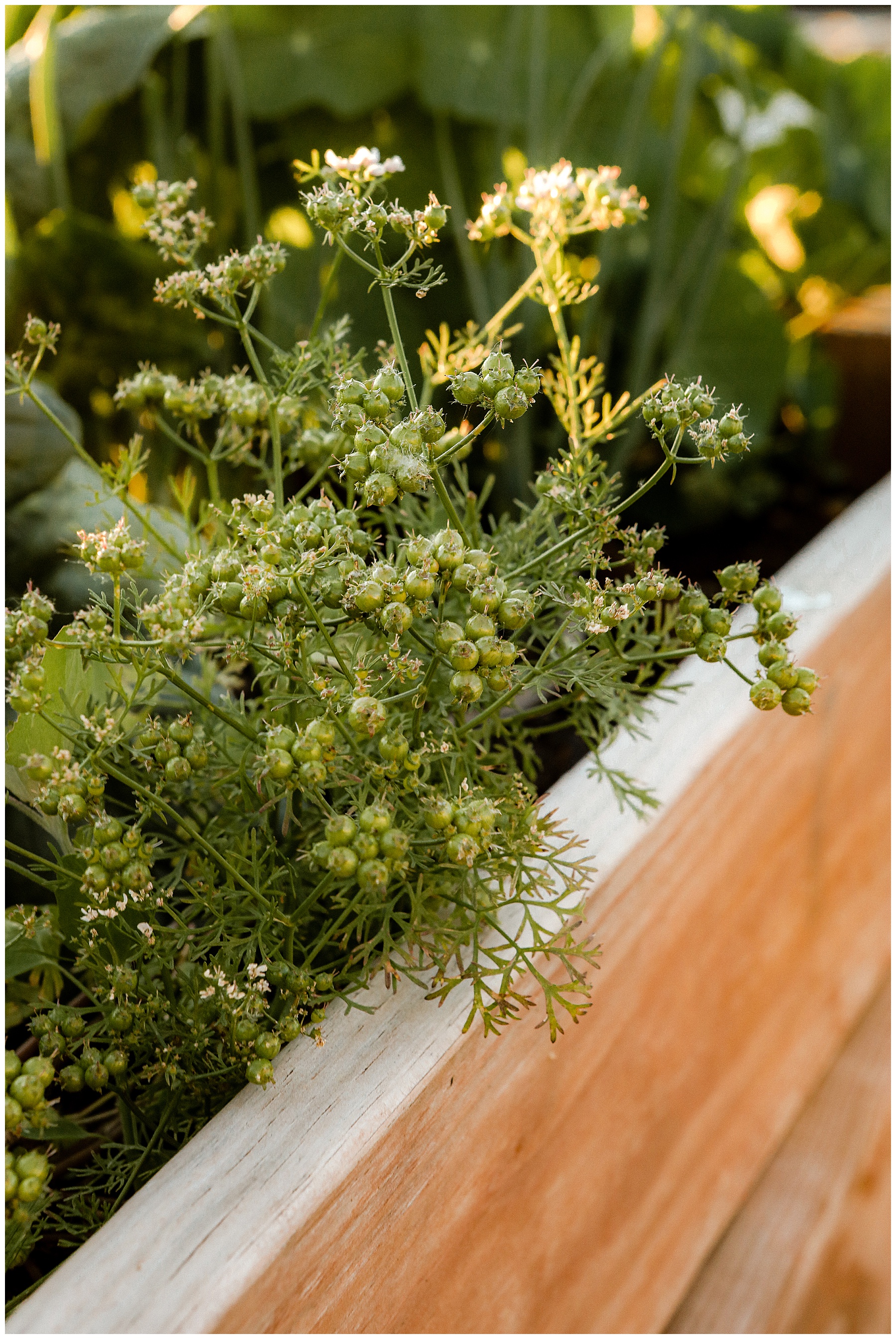
Fennel
Fennel is related to the carrot (similar to parsley) although it is not considered a root vegetable. Botanically speaking Fennel is an herb and it’s one herb that helps with a few of my big problems. Our property is very low lying in some spots, which means it gets wet and tends to stay wet. This is actually the main reason I plant my garden in raised beds. Due to the wetness, we get a lot of snails and slugs and fennel can help repel them both. It’s also said to help with aphids.
Plant it with: Nothing. Fennel doesn’t have friends. Make sure it’s in a bed or spot by itself as it can inhibit the growth of other plants. It can actually cross-pollinate with dill and create a weird-tasting, non-pleasant herb.
Lemongrass
Lemongrass is a lemony-gingery tasting plant that’s often used in Asian cuisine. It has some of the same oils as lemons and commonly used in tea too. Fresh lemon grass can have floral and minty flavor notes too. It’s said it grows best in tropical climates, but I’ve grown it very successfully here in little, ol’ Michigan. It’s said to repel mosquitoes because it contains same Citronella oils but it might be in part to the lemony scent too.
Plant with: Tomatoes, cucumbers, tomatillos, peppers, fruit trees, ginger and turmeric.
NOTE: People often confuse Lemongrass and Citronella grass, but the way to tell the difference is that Lemongrass will be all green. Citronella grass actually has a red and green stalk. Don’t confuse the two when cooking. Citronella grass can actually give some people and allergic reaction and isn’t something for eating. It’s said Citronella grass can help with mosquitoes. However, most studies say the plant has to be crushed to obtain the Citronella oil before it can actually be effective.
NOTE 2: There is a second citronella plant called Citronella Geraniums that have a leaf closer to cilantro and flower. There are blogs that will say you can eat it. I’m not one of them. I would avoid ingesting this too.
Dill
Dill is always a fun one. It tends to spread itself around a lot and then you have a bunch of baby dill growing all over. In some cases, that’s a plus. In other cases, eh…But, dill does help to repel insects like the cabbage worm, cabbage moth, and cabbage looper that prey on brassicas. It will also help to keep spider mites, squash bugs and aphids away. AND, it also helps to attract lacewings and ladybugs when companion planting.
Plant with: Lettuce, cucumbers, corn, asparagus, onions, and members of the brassicas family like Brussel sprouts, cabbage, broccoli, and kohlrabi
Do not plant with: Peppers, tomatoes, potatoes, carrots (or members of the carrot family), eggplant and lavender. It will attract swallowtail butterflies and their caterpillars so keeping it away from all nightshades is a good idea.
NOTE: You might find large, green caterpillars on your dill at some point. These are NOT tomato hornworms. They are Swallowtail Butterfly Caterpillars. Let them be. They’ll eat the dill but not much else.
Catnip
Catnip isn’t an edible herb, but there’s actually a new study out now {HERE} that shows it does repel mosquitoes. It’s also said to repel aphids, fleas and its oil has been scientifically proven to repel blood sucking flies. See the study {HERE}, which will actually help cattle farmers and possibly this donkey farmer.
Plant with: Nothing. It spreads like mint so plant it in a container and place it around the garden.
Lemon Balm
Lemon Balm goes by many names including apiatrum, balm mint, sweet balm, bee’s leaf, honey plant, and labiates, is a perennial herb in the mint family. It has a light lemon scent and grows yellow and white flowers. It’s often used in desserts, teas, salads and seafood dishes. It’s said that lemon balm repels mosquitoes and other pests like fleas. Also, it is often used in bug repellants and there are some European plants that are high in Citronella.
Plant it with or near: Summer squash, winter squash, melons, tomatoes, apples, kiwi, onions and all members of the cabbage family.
Chives
Chives are one of those herbs that loves to spread out. But it doesn’t spread like mint and oregano. I just gets big and I appreciate that! They come back year after year for me and they attract beneficial pollinators. They help to deter deer and can help prevent apple scab. They’re also said to help with aphids.
Plant with: Apple trees, carrots (They will help the carrots’ flavor!), strawberries, tomatoes and all members of the Allium family (which they below to) like onions, leeks, scallion, and garlic.
Nasturtium
Nasturtiums don’t so much as deter insects as they do attract them. Seems counterproductive to this post, right? Well, a lot of gardeners use them as a trap crop. They plant the nasturtium in other areas of the garden – away from veggies aphids enjoy – to draw them away from the vegetables. They are also said to repel squash bugs and cucumber beetles. I’m still debating whether to plant them in the garden in beds away from other crops or with the pumpkins and cucumbers.
Plant with: Pumpkins, cucumbers and other squash
Plant as a trap crop from all members of the cabbage family including cabbage, broccoli, cauliflower, kale, Brussels sprouts, turnips, kohlrabi, rutabaga and radishes.
Marigold
I’ve planted marigolds in my garden since my first garden 6 years ago. I read somewhere that they repelled rabbits and at that time, living in the suburbs, we would always have at least one rabbit next in the yard. Did they work? Well, I never had a rabbit issue, but I’m not sure if that was specifically about the marigolds. However, marigolds do control nematodes. They produce a toxic chemical that will kill root nematodes and other nematodes that feed on plant roots. It is also said that marigolds can help to control mosquitoes, tomato horn worms (Mine have never helped with those.), cabbage worms, thrips, squash bugs, whiteflies and more.
Plant with: I plant marigolds with everything. Even if they don’t always help with every pest, they always look beautiful in the fall when the garden is going to sleep and they’re full and bushy.
Chrysanthemum (mums)
Some gardeners consider Chrysanthemums to be the best flower you can plant with your plants. They produce a neurotoxin called pyrethrin that kills insects but does not harm mammals or birds. White-blooming mums are said to specifically repel the Japanese beetles so planting them next to grapes and roses can be helpful.
Plant them with: Almost all common garden veggies or add them to containers nearby. Rose and grapes.
Petunias
Petunias are another gardeners friend. They help repel insects such as aphids, tomato hornworms, asparagus beetles, leafhoppers and squash bugs. They also require minimal maintenance and can grow in beds, containers or hanging baskets.
Plant them with: Tomatoes, beans, peppers, asparagus, and basil.
Alliums
This is a bulb flower that produces a big, showy, purple ball. Mine come up just after the tulips, but it’s actually a member of the onion family. It’s said that cabbage worms, aphids, carrot flies and slugs dislike their smell. This means I need to dig mine up and replant them in the garden….
Plant near or with: Members of the cabbage family, carrots, strawberries, hostas, ornamental grasses, salvia, lavender, geranium, peony, carnation, columbine, Day Lilly and fox glove.
Geranium
You usually see Geraniums in baskets on porches and in pots, but they can also help in the garden too. Have you ever noticed that while geraniums look pretty, they don’t smell that great? Well, bugs don’t like how they smell at all. It is said they keep cabbage worms, mosquitoes, aphids and leafhoppers away. They like sunshine and dry climates, which makes them the perfect middle-of-the-summer-kind of plant.
Plant them with: Corn, rose, tomatoes, grapes and members of the cabbage and lettuce family.
Larkspur
Larkspur is an annual plant that grows very easily and is said to repel aphids. It looks very similar to Delphinium, but is an annual whereas Delphinium is a perennial in most places. It’s considered a very low maintenance plant and happiest in full sun. It’s also considered deer resistant and drought tolerant.
Plant them near: Broccoli, cauliflower, cabbages, lettuce varieties and anything else that may be prone to aphids. It’s also a great flower companion plant for sunflowers.
NOTE: Larkspur is poisonous to people if consumed.
Tansy
Tansy is a pretty flower that looks like a golden button. It has been said to repel flies, fleas, ants, moths, mosquitoes, ticks, cutworms and mice no matter where it’s planted – on the patio or in the garden. It also is a draw for beneficial bugs like bees, braconid wasps and ladybugs, which like tansy for laying eggs.
Plant with beans, cucumbers, squash, corn, roses, raspberries, peppers, potato and members of the cabbage family.
Thank you so much for stopping by today, friends! I hope you love this article about how Companion Planting can help your garden thrive. For more gardening tips and tricks, click {HERE}.
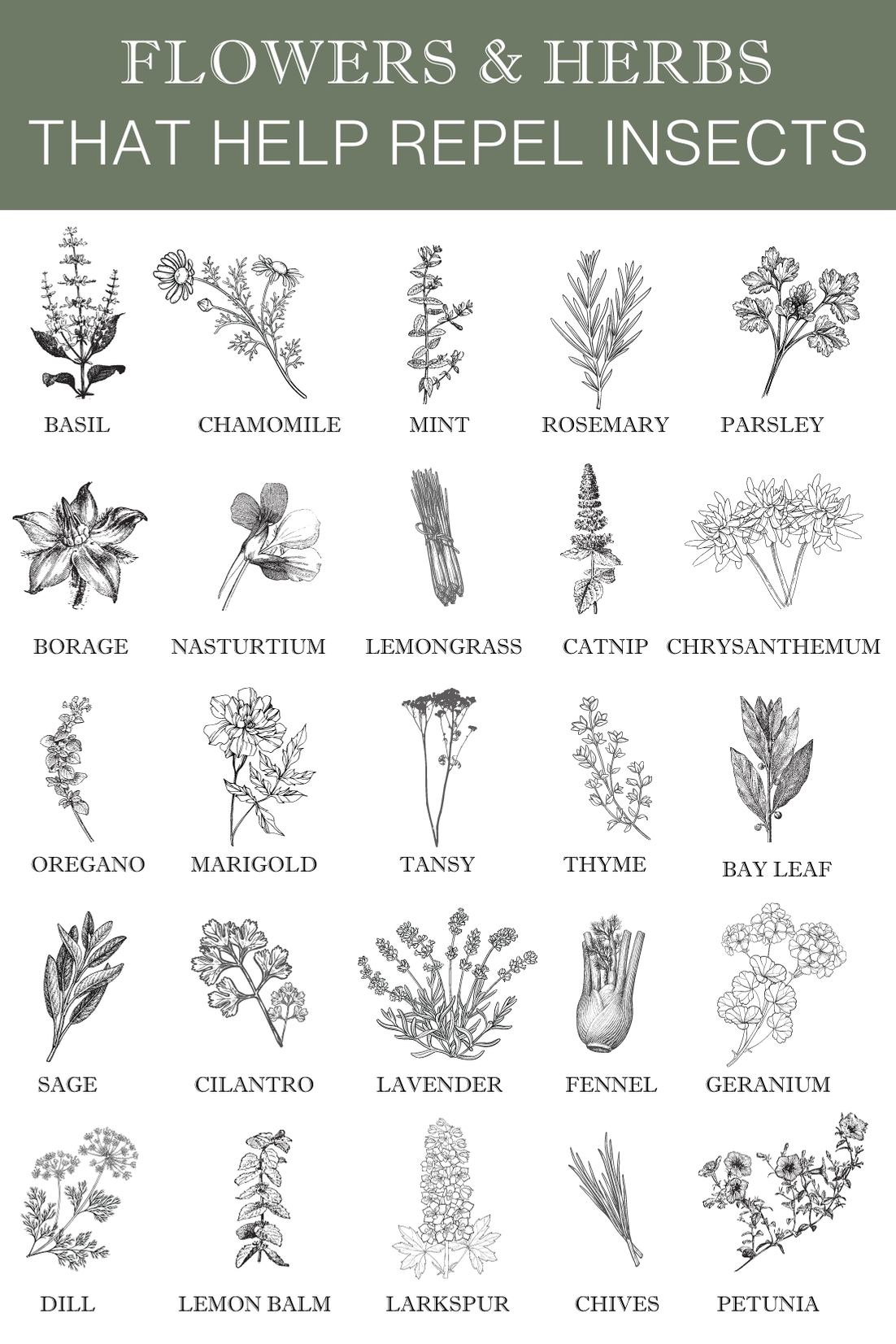
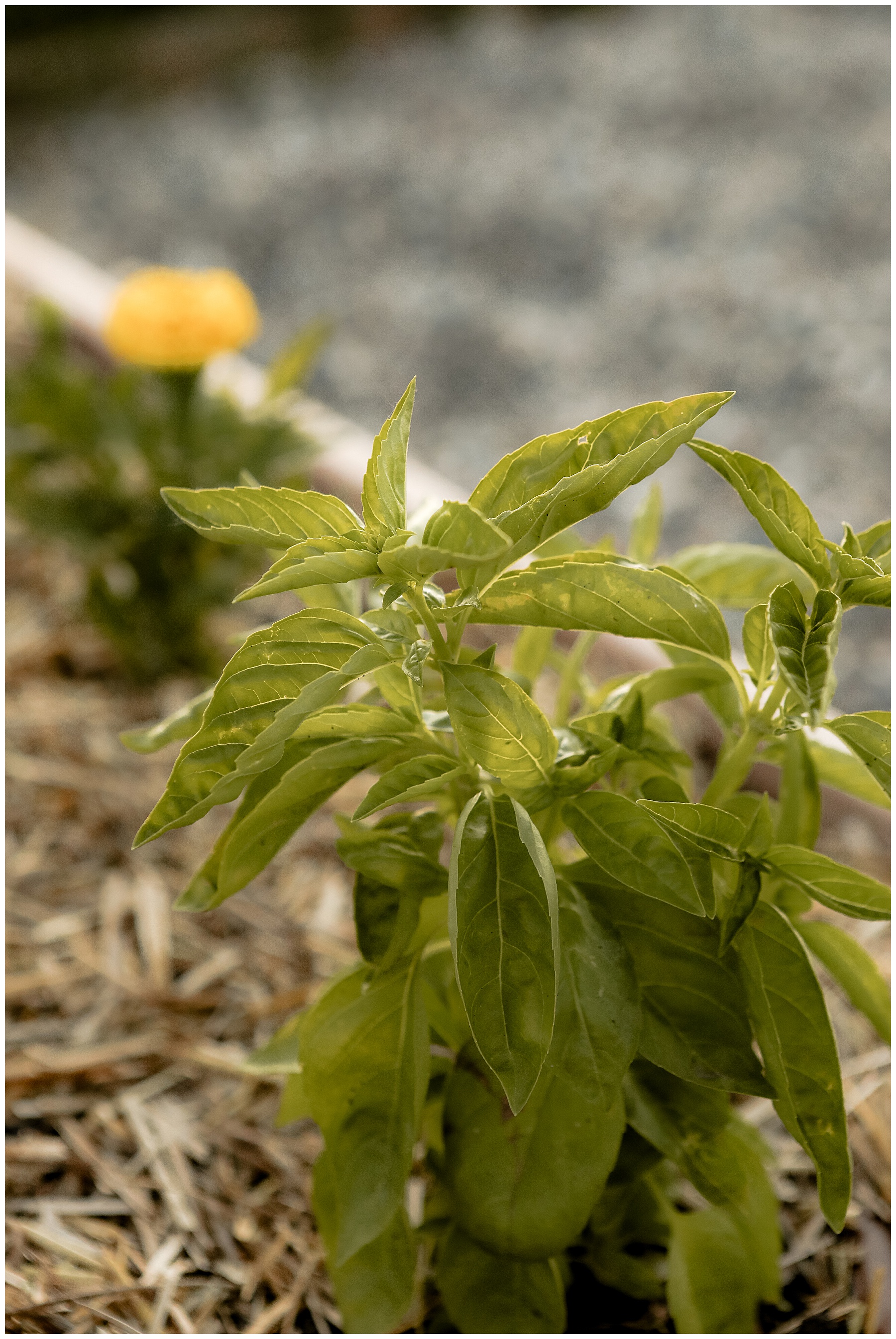
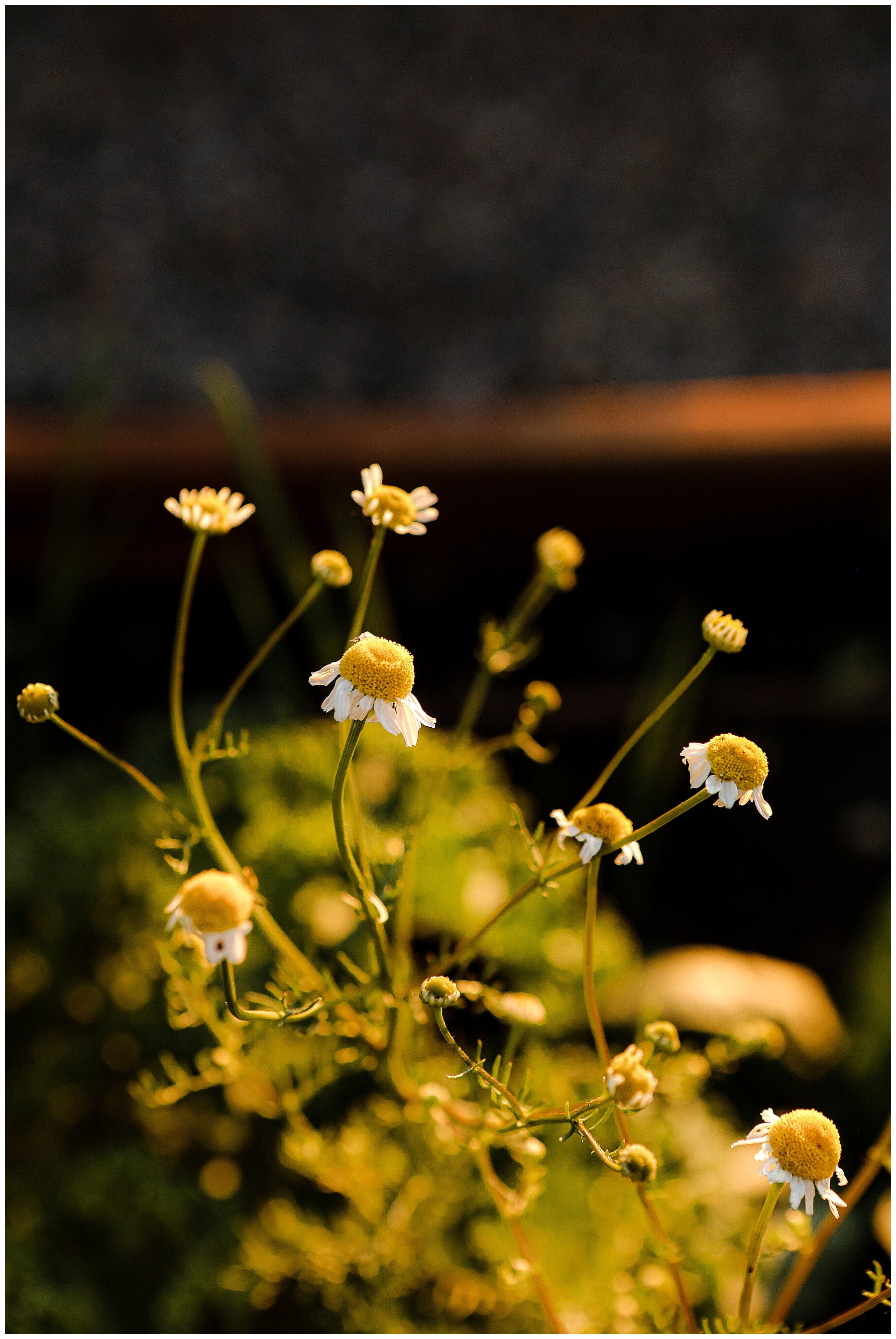
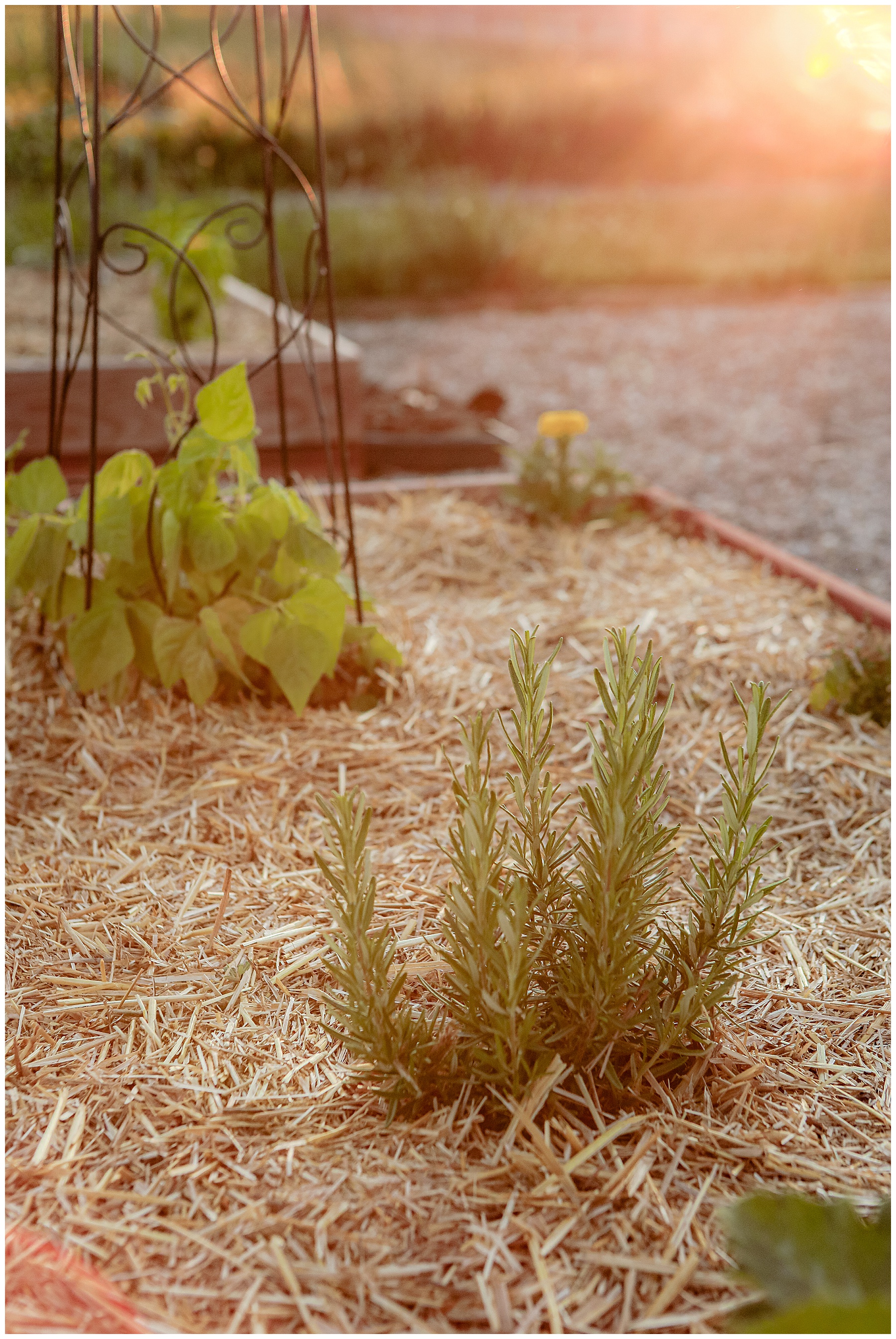
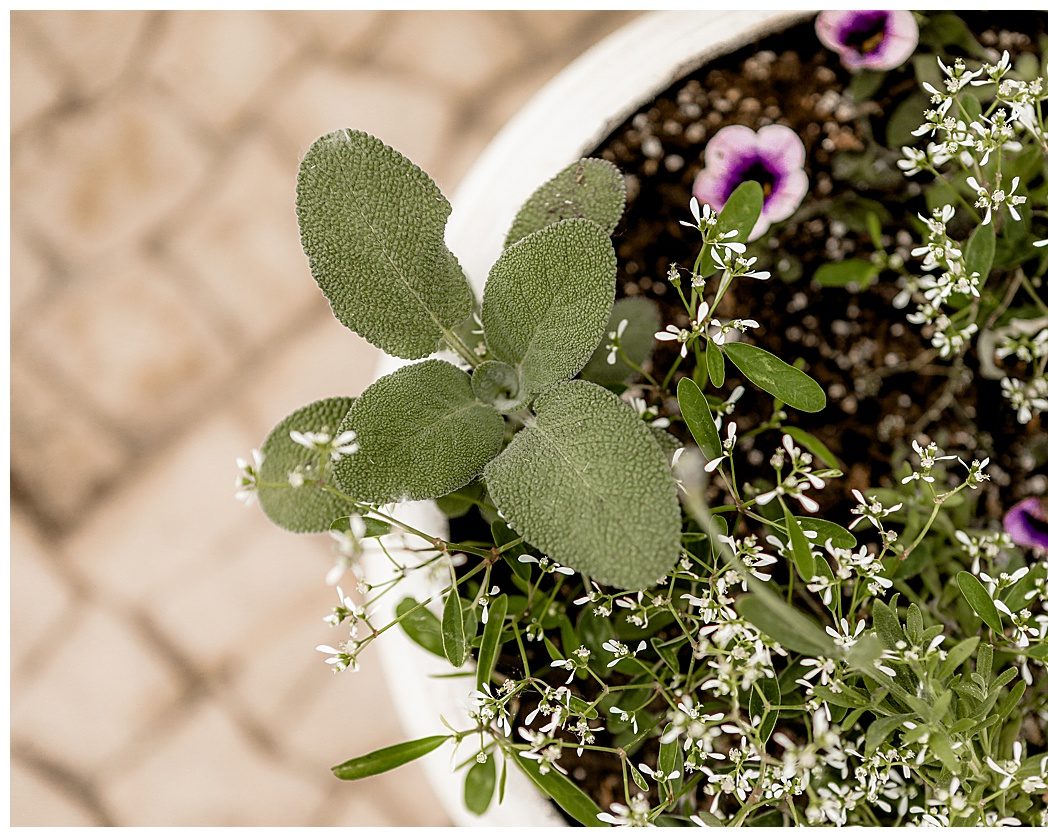
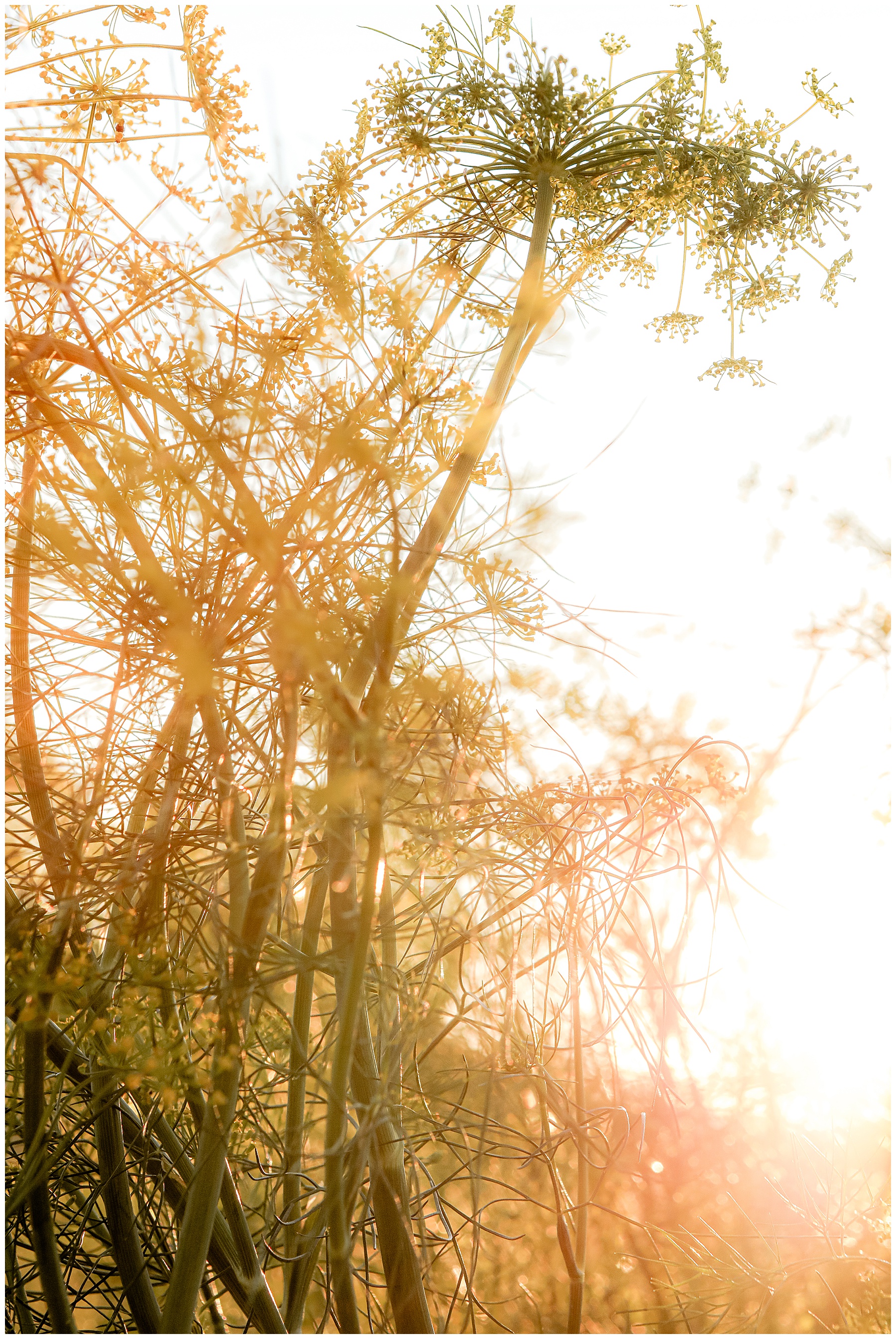
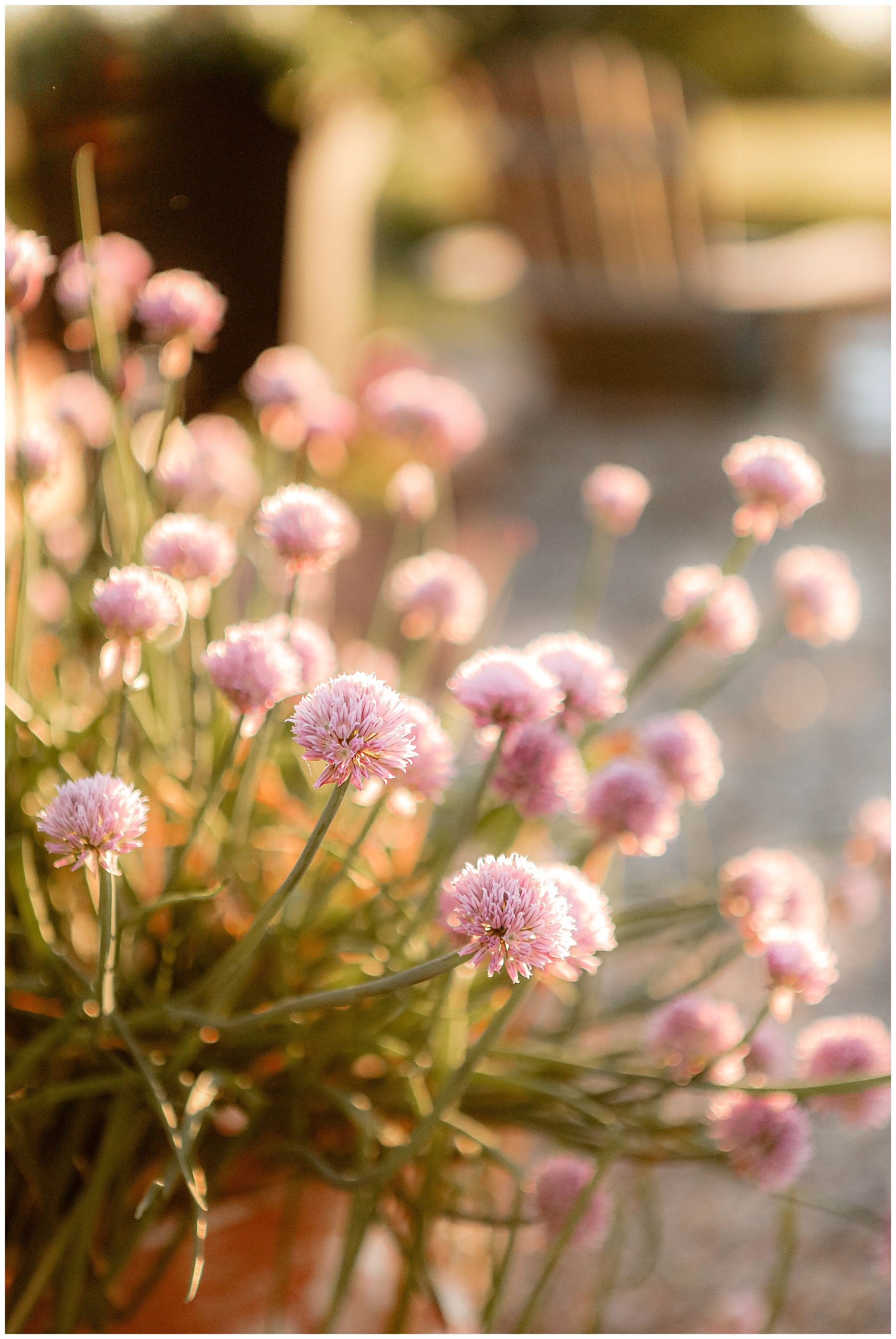
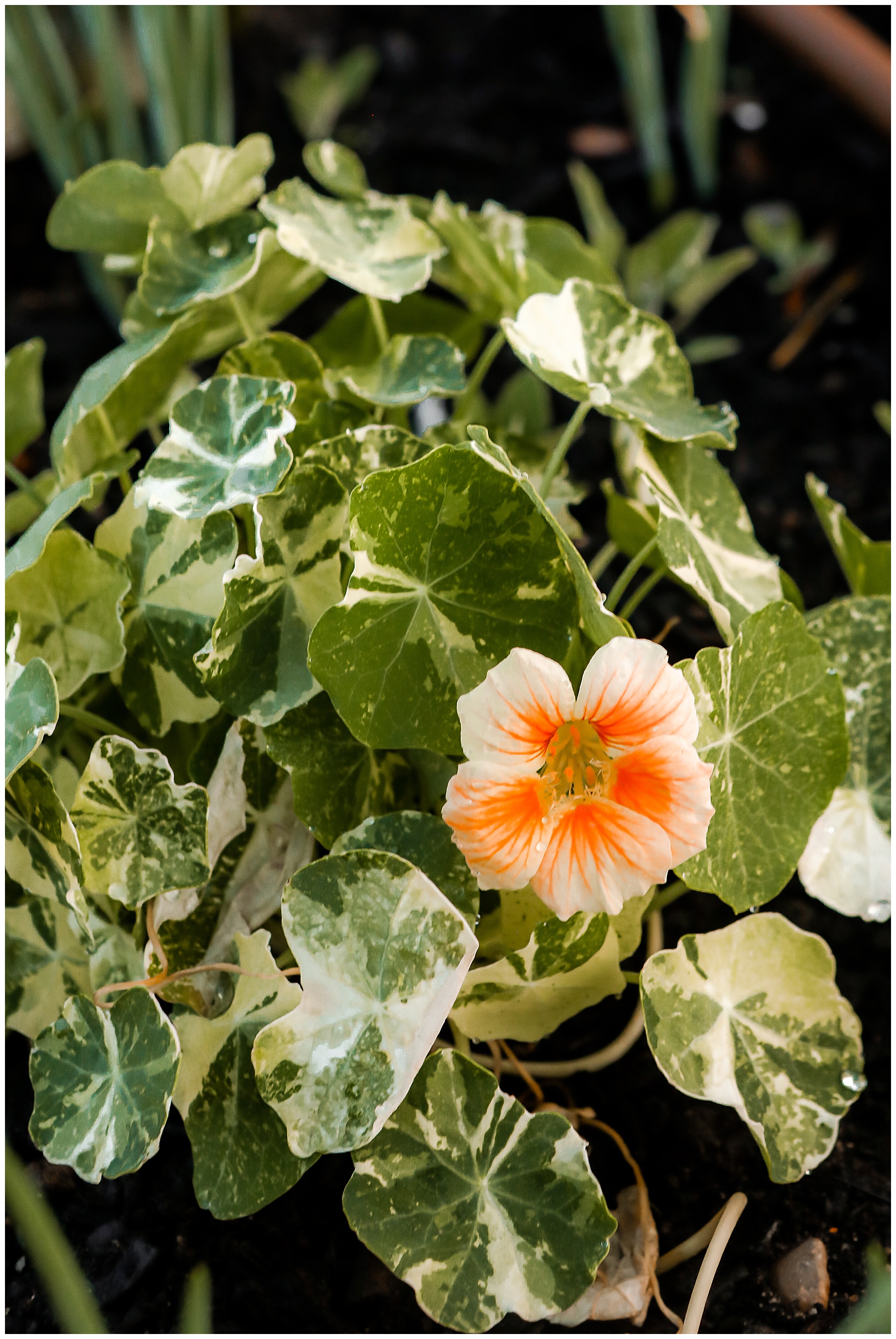
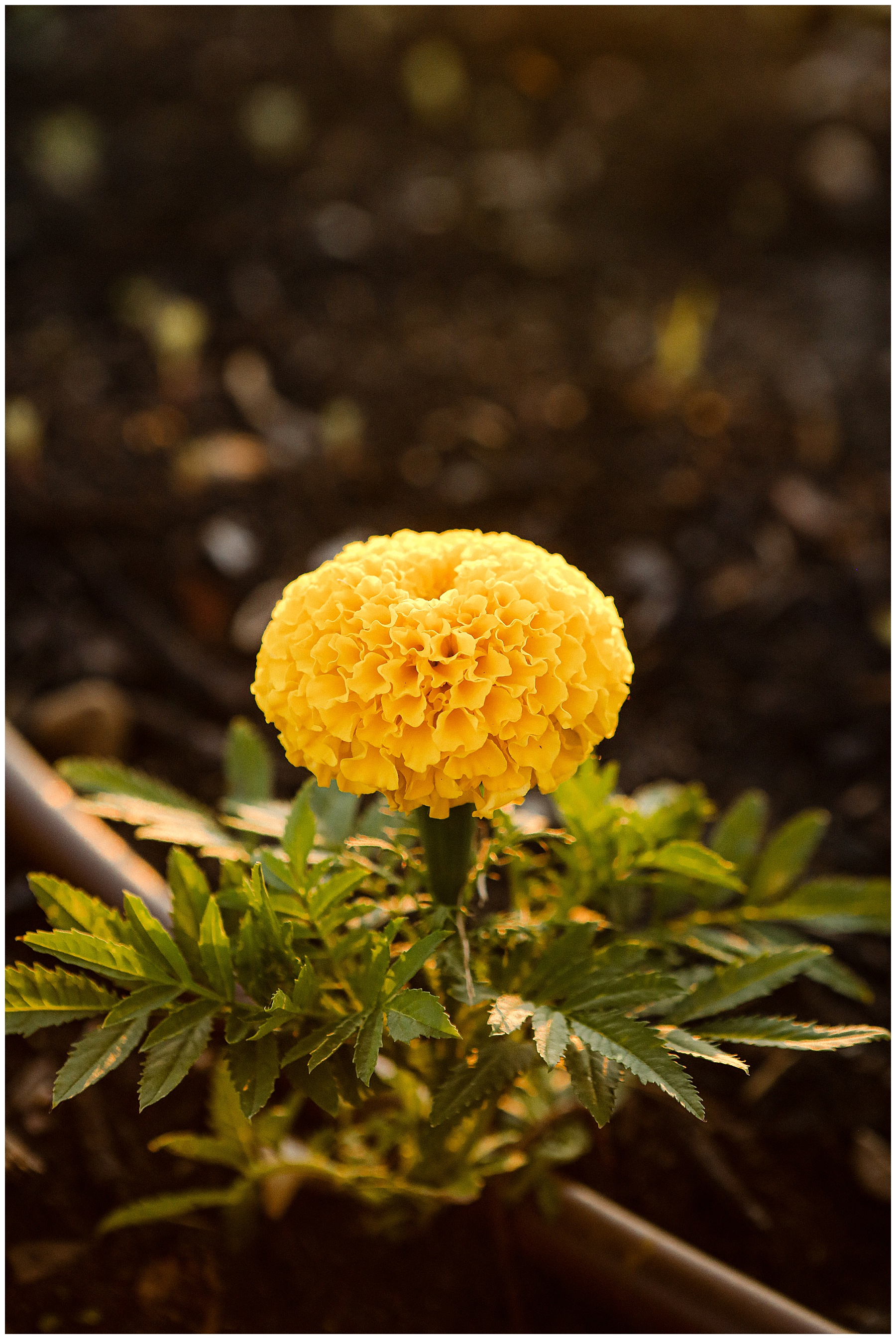
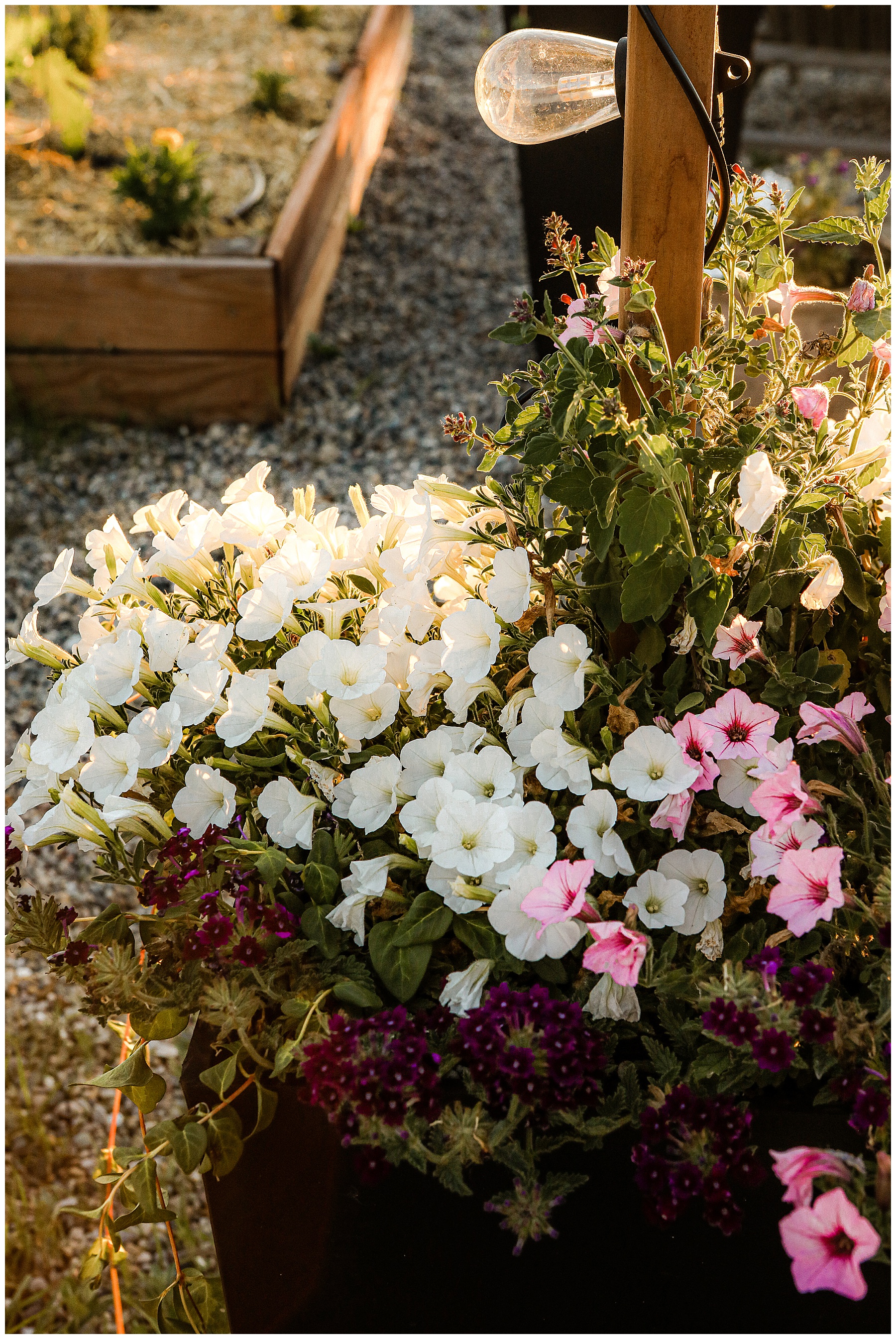

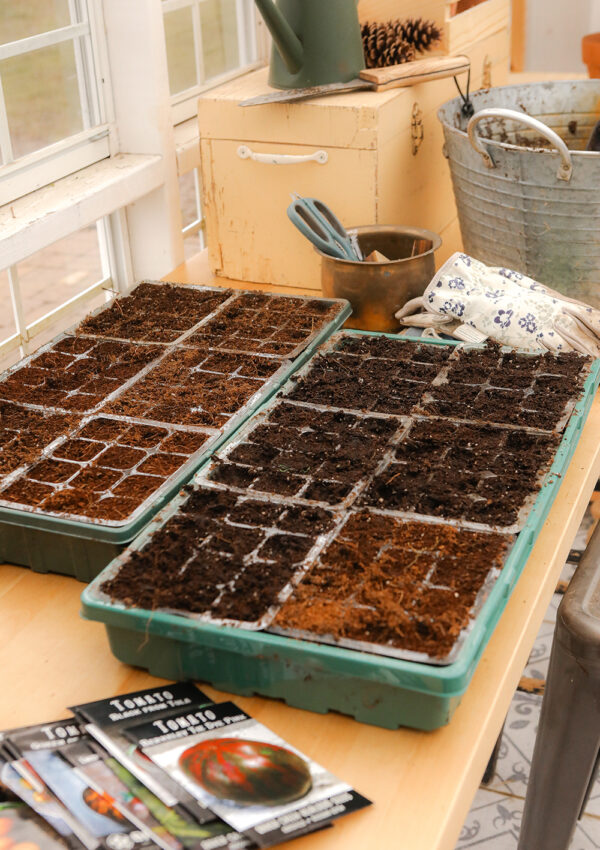
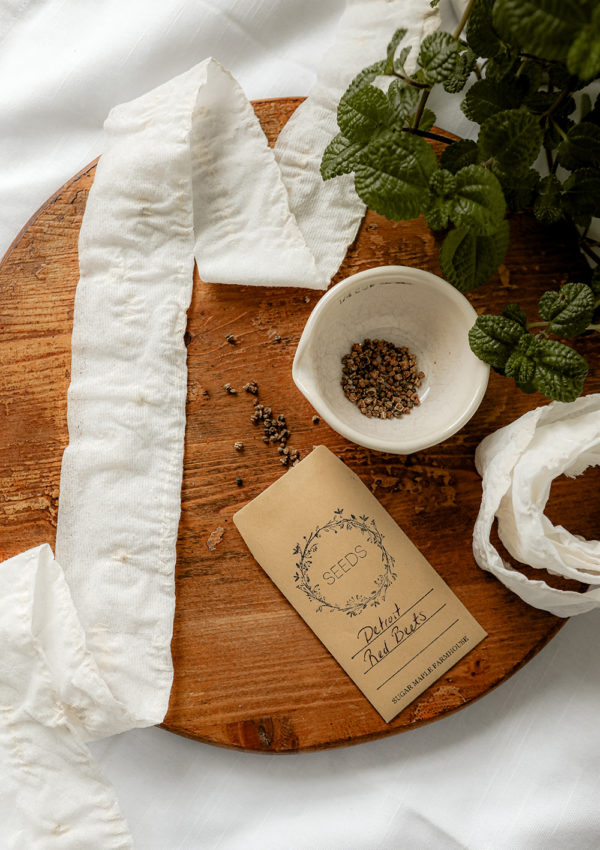





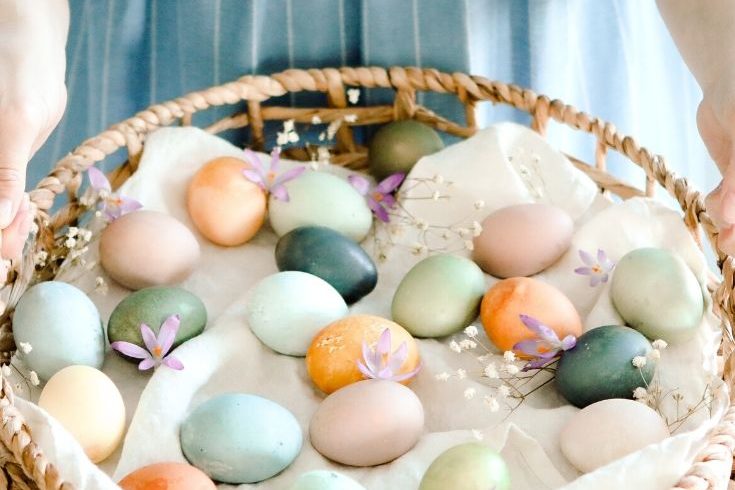

It is so smart to pair your vegetables with one or a few of these herbs to keep insects away. I do not cook enough with basil but it is a valuable helper in the garden
I am terrible with growing things, but I might try to grow some of these. We have lots of mosquitos and they are driving me nuts.
This was a great read. I had no idea that some of these repelled bugs.
Such great tips. Honestly, this is the first time I heard about companion planting. I should try doing this once I start on my herb and vegetable garden.
We grow a lot of these since we love to eat them! It’s a bonus to be a bug repellent, too!
This is very useful information. This will help me with planting my garden next year.
I love to garden. I have to work on being better at companion planting.
I just transferred my basil plant and planted strawberries in our garden. It’s amazing how much you can grow in your home.
This is great to know. I may need to plant some of these. I knew lavender was great, but I didn’t know about some of the others.
Glad you mentioned Oregano. I plant several pots of it coz it really works well as a mosquito repellent.
Wow, what a fantastic list! Saving this!!
Wow, I have planted some of these without knowing that it can help repel bugs, glad you shared this!
Such a useful post thank you! I have plenty of lavender in our garden but didn’t know about its bug-repelling qualities.
It’s great to know a natural way to repel bugs. I love all the herbs here, and a lot of them I use in my kitchen!
Great planting tips. It is always a good idea to plant things that work well together. It’s too bad, I don’t have space to plant things.
I love these herbs you made mention of! I haven’t really gotten around to doing a herb garden as yet. (always wanted to though) Now that I have this wealth of knowledge, it’s definitely one I will be attempting. Great post!
This post is so “on-time”! We are planning our garden and this list will make things to easy. Thank you!
Thank you for these tips. I’ll be needing them soon as I am currently planning to plant in my garden
This is a really useful guide. I think that my dad could benefit from planting more geraniums and alliums in the garden.
I’m hoping to plant a vegetable and herb garden one day. This will be a perfect guide for making my selections!
not much of a gardener, but i could use help with mosquitos!
I had no idea that herbs that I grow in my garden every year repel bugs too! Good to know, I will have to plant more.
I also plant my most used herbs like rosemary! I love rosemary. I need to figure out what to plant with what though and really start growing a real garden in the back! You def helped me with this.
I had no clue there so many herbs!!! I need to plant more for sure!! thanks for sharing this blog! so helpful
This is a very helpful article. We have a garden and need this list to keep our garden free of bugs.
this post comes at the right time for me.. I am definitely adding more of these herbs to control bugs that are becoming an issue in my garden at this time.. I did notice that the mint and rosemary are pretty bug free and did draw the conclusion that they are repellents so this confirms it for me..
thank you so much.. bookmarking this post for reference
I’m currently re-growing my herb garden and I didn’t know about having these outdoors as well to repel bugs. I’ll be adding some to our front patio.
This is so great to know this. I never knew that these herbs repel bugs. I will keep these in mind when it comes to my gardening.
Thanks for this list. I’ll be planting some more of these to help!
These are so interesting to learn about! It is nice to know that there are these combinations that naturally repel bugs. I didn’t know about most of these.
Wow! I had no idea any of these could be used for that! Gotta put my gardening pants back on and do some digging!!! 🙂